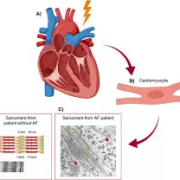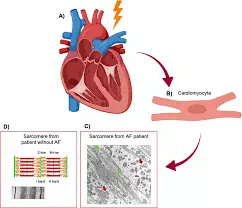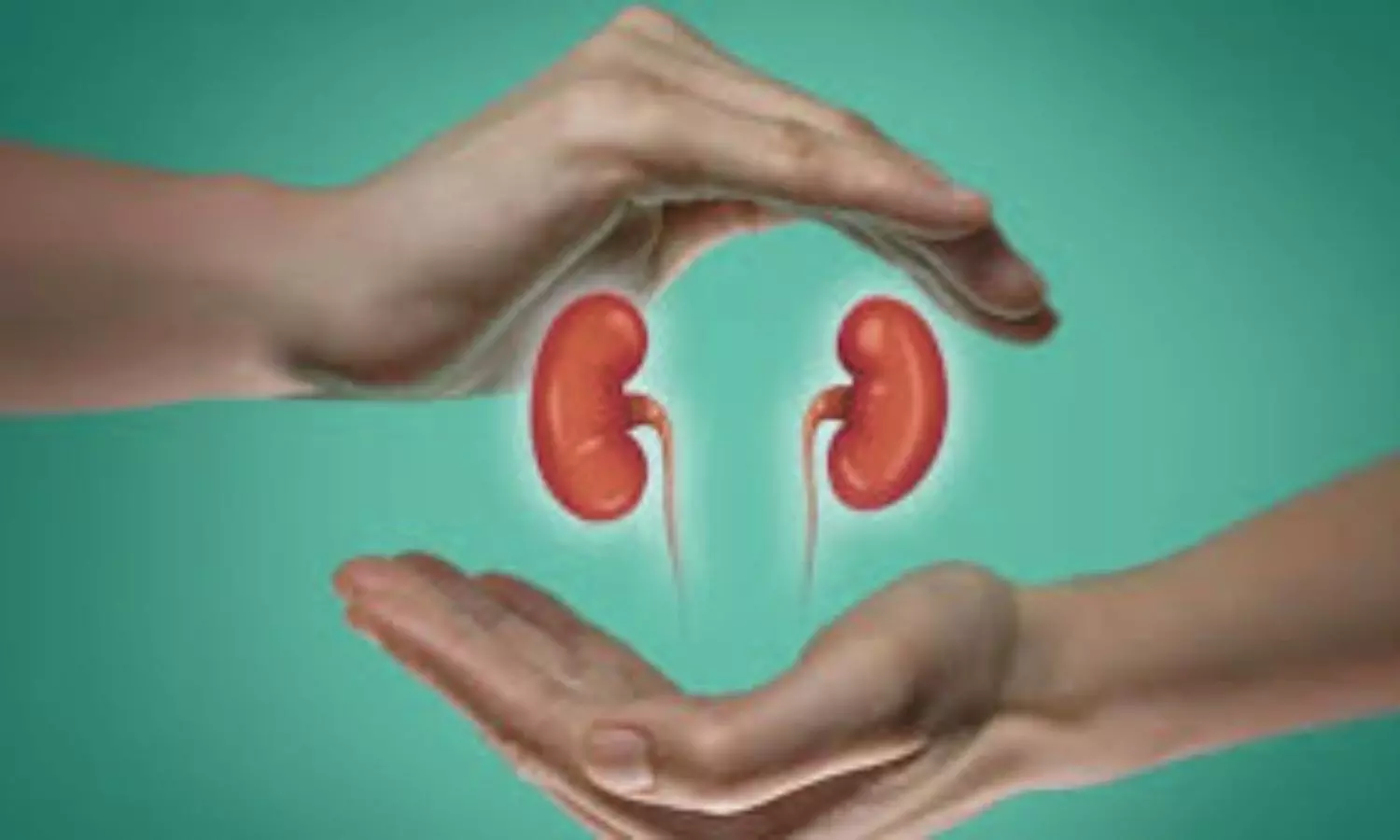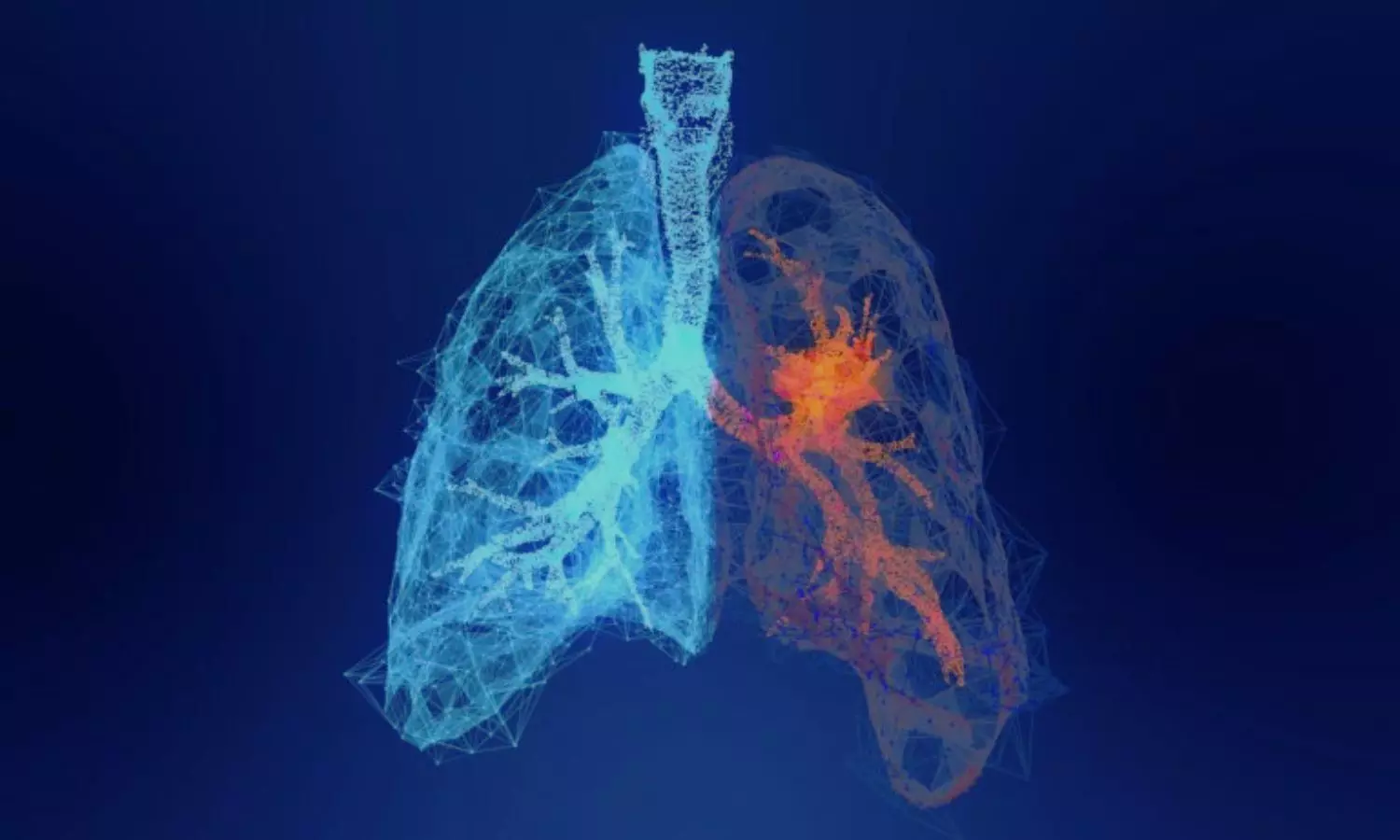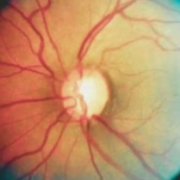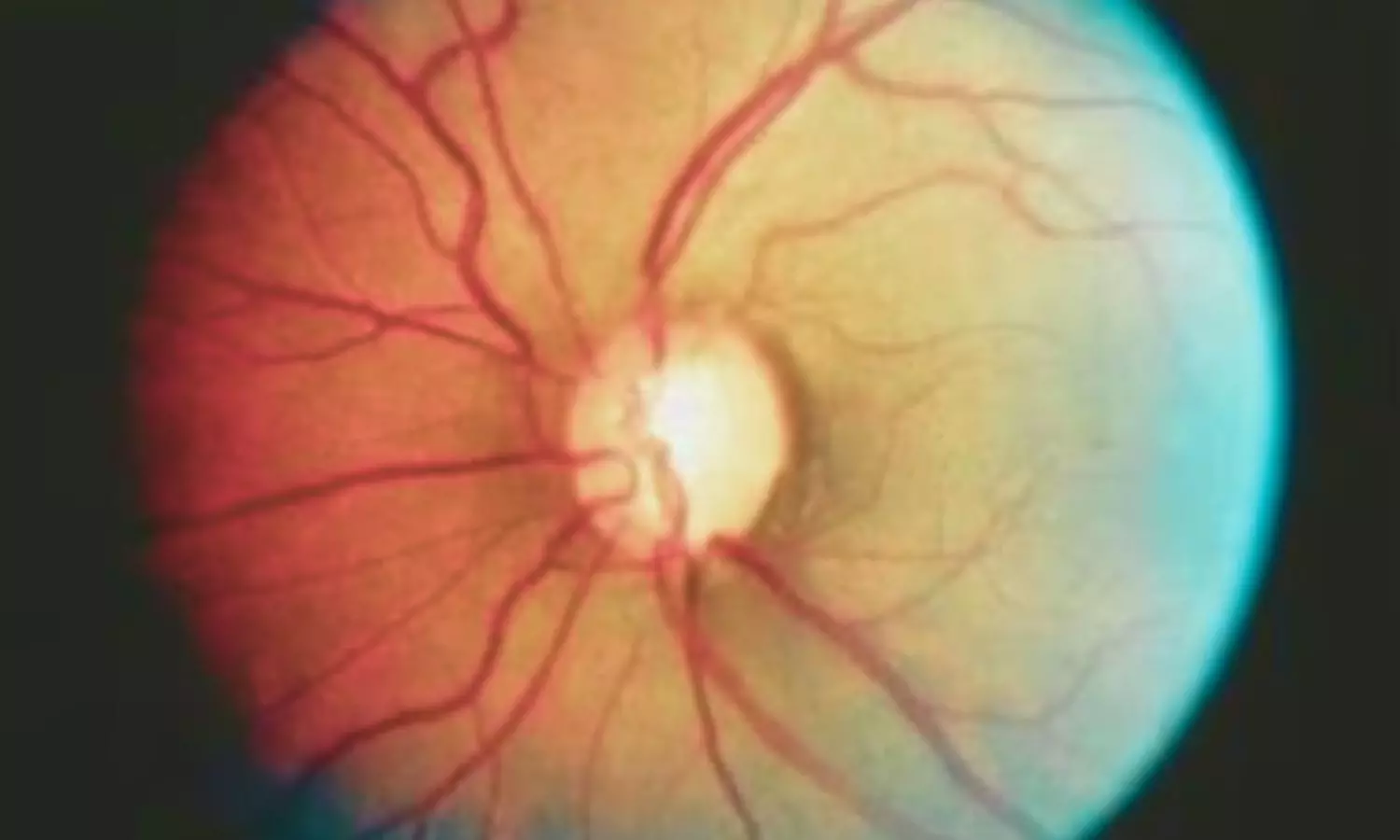Post-PCI De-escalation of Ticagrelor to Clopidogrel Reduces Bleeding Risk Without Increasing Ischemic Events in CKD Patients: JAMA

A new study published in the Journal of American Medical Association showed that switching from ticagrelor to clopidogrel one month after percutaneous coronary intervention (PCI) for acute myocardial infarction (AMI) significantly reduced bleeding risk without increasing ischemic events in patients with chronic kidney disease (CKD).
A major risk factor for ischemic and hemorrhagic sequelae after PCI for acute myocardial infarction is chronic kidney disease. Improving clinical results requires optimizing dual antiplatelet treatment (DAPT). Thus, to determine if an 11-month, unguided deescalation approach from ticagrelor to clopidogrel was linked to decreased bleeding without an increase in ischemic events in stable patients with CKD following AMI, Sang Hyun Kim and colleagues carried out this trial.
A total of 32 major cardiac hospitals in South Korea participated in this clinical study Ticagrelor vs. Clopidogrel in Stabilized Patients With Acute Myocardial Infarction (TALOS-AMI), which was the subject of this post hoc secondary analysis. The trial comprised patients with biomarker-positive AMI who were able to tolerate ticagrelor-based DAPT for one month following PCI.
The patients were enrolled between February 2014 and December 2018, and they were followed up with at 30, 3, 6, and 12 months following PCI. The subgroup of CKD patients was the focus of the current investigation. Analysis of the data took place between July 2023 and October 2024. The main outcome was a composite of bleeding (Bleeding Academic Research Consortium [BARC] categories 2, 3, or 5) and myocardial infarction, stroke, and cardiovascular disease mortality.
Of the trial’s 2646 participants, 305 had chronic kidney disease, whereas 2341 did not have CKD. While there was no change in the risk of bleeding, individuals with CKD were more likely to experience ischemic episodes. Deescalation (n = 160) compared to active control (n = 145) was linked to lower chances of the main end point and BARC 2, 3, or 5 bleeding in CKD patients.
After deescalation, there was no discernible rise in the risk of ischemia episodes. Overall, unguided deescalation from ticagrelor- to clopidogrel-based DAPT in patients with AMI and CKD one month after PCI was linked to a lower risk of bleeding complications without an increased risk of ischemic events.
Reference:
Kim, S. H., Lee, K. Y., Byeon, J., Sa, Y. K., Hwang, B.-H., Kim, C. J., Choo, E.-H., Lim, S., Choi, I. J., Choi, Y. S., Park, C. S., Park, M.-W., Her, S.-H., Lee, M., Chang, K., & TALOS-AMI Investigators. (2025). Deescalation from ticagrelor to clopidogrel for myocardial infarction with chronic kidney disease: A secondary analysis of a randomized clinical trial. JAMA Network Open, 8(5), e2511297. https://doi.org/10.1001/jamanetworkopen.2025.11297
Powered by WPeMatico








